What Are Automated Container Terminals?
The transition from hand-made to machine-made began with the industrial revolution of the mid-18th century. Later, technologies and innovations brought about rapid changes to industries as well as societies at large.
The invention of automation is a debated topic with varying claims about its origin. However, it can be surmised that the initial automated processes were rolled out in the late 1700s.
With more industries and machines, the need for specialised labour to operate them increased. Gradually, workers with such special skills moved on to larger factories offering higher wages and better working conditions.
The Need for Automated Port Terminals
The two main factors that led to the growth of automation were – the need to reduce manual labour costs and to meet specialised labour shortage.
In the case of repetitive tasks, manual labour can be less productive and often unreliable. Automation gives a higher output level with greater accuracy, all at a lesser cost in the long run.
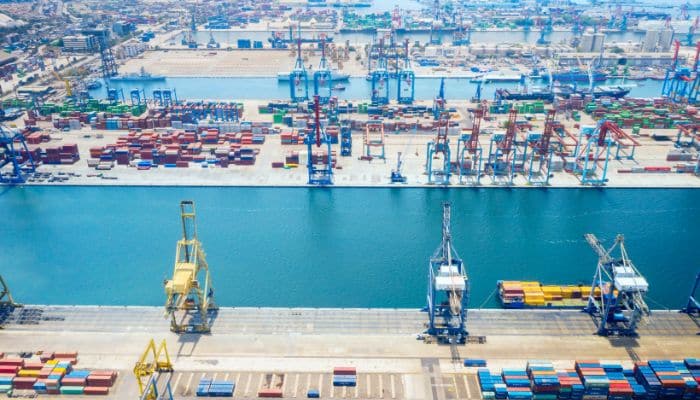
Automation of ports and terminals began in the early 1990s. The main operations of port terminals are to receive and store cargo temporarily and to load or unload them to and from ships. Besides, they also cater to passenger traffic and associated services such as ship husbandry, passenger services, etc.
Automating a Port Terminal
So, what needs to be automated for a port terminal to be categorised as a fully automated container terminal?
A container terminal’s quayside and yard are the main hives of activities.
A fully automated container terminal would require automation starting from its terminal gates to the moment cargo or a container is placed safely on the hold of a ship or vice versa.
These operations should be remotely controlled from a centralised control room.
Port terminal gates where drivers submit their documentation at the time of drop-off or pick-up of containers must be automated first.
It may include security functions, container weighing, customs documentation, etc.
Yard planning which follows this, is better done by computers than humans.
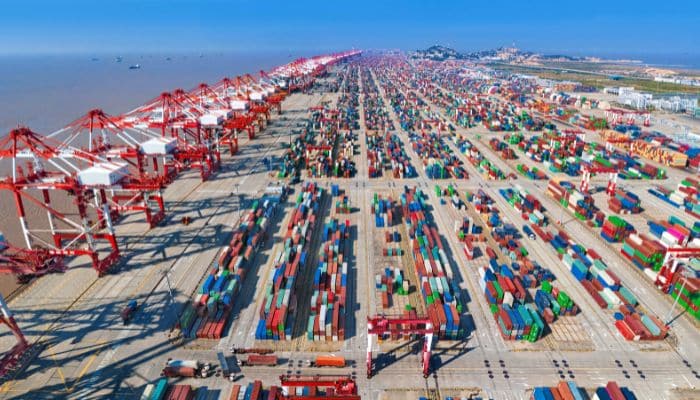
Moving on to cranes, quay cranes and stacking cranes are the major equipment that helps in the horizontal movement of cargo between the container yard and the ship or vice versa.
Ship-to-Shore cranes (STS) and Automated Stacking Cranes (ASC) are the main equipment used to move cargo containers.
STS cranes are used to move them between the quay and the ship or vice versa, while ASC cranes, such as straddle carriers and gantry cranes, are used to stack containers densely.
ASCs that can stack six tiers high and ten to fourteen containers wide are common these days. Other Automated Guided Vehicles (AGV) and smaller automated stacking vehicles complete the yard activities.
The increasing size of ships and their container-holding capabilities pose challenges to container terminals.
As of the end of last year, there were seven container vessels plying the seas that could hold 24,000 plus TEUs each!
Successful container terminals must adapt to technological changes with constant tweaks to automated processes. Data gathered from machinery and equipment should be analysed and acted upon to achieve this.
The general areas of port terminal operations that may be automated are summarised here as follows:
- Gate security during entry or exit of cargo
- Container or cargo documentation at the port terminal gate
- Weighbridge operations during entry
- Storage allocation
- Movement of cargo to allotted temporary positions or directly onto a vessel or to waiting truck/rail using AGVs or cranes
- Moving cargo to ship or shore using STS cranes
- Tracking of containers within a radius
- Reporting
Related Reading:
- The Importance of Port Security
- The ISPS Code For Ships: An Essential Quick Guide
- What Are The Security Levels Under ISPS Code?
Benefits of Automation
The efficiency of each process increases over time as errors are reduced drastically or even avoided completely. Human safety is increased manifold.
This overall increase in efficiency translates to the reduction of the industry’s carbon footprint while decreasing costs.
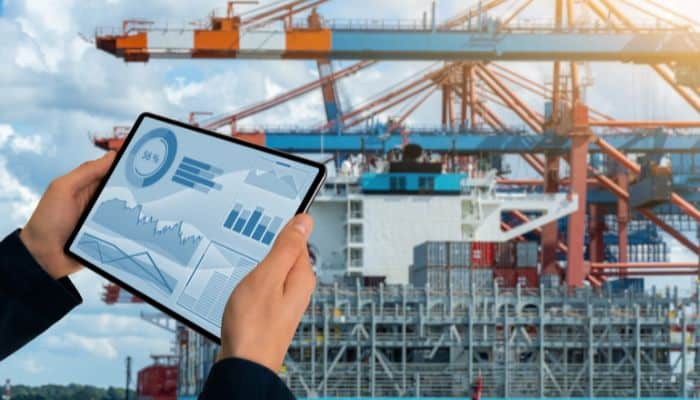
Automation does away with the need for a crane operator to operate a crane from the lone heights of its cabin. Strategically placed cameras and sensors also offer a better view of manoeuvring containers from the safety of a remote operations centre.
Intelligent automation offers many features, some of which are:
- Ship profiling
- Container and receiving vehicle identification
- Accurate positioning of containers and their landing on ships or vehicles on the quay
- Controlling load sway
Cranes may be used at safe, higher speeds when operated remotely.
The smaller automated vehicles may be programmed logically for their optimum routing, avoiding empty or unproductive runs.
The remote operations room of a modern automated container terminal with ergonomically placed controls and often a team presence offers better working conditions than the confined area of a crane’s cabin!
While reducing labour costs and increasing worker safety, automated container terminals help streamline and avoid port congestion.
Studies show that compared with conventional port terminals, the operating costs of automated container terminals will be less by 20 – 25%, while operating efficiency will go up by 30 – 35%.
An increase in productivity and financial benefits should cascade to customers through drastically reduced demurrage and detention charges, besides other terminal costs.
However, the successful and seamless operation of an automated container terminal is largely dependent on the accuracy of data such as container details, vessel identity, positioning, and other such details.
Financial Outlay
Automating an existing port terminal or setting up a new automated container terminal both require huge initial investments. Though these costs can only be recouped fully in the long run, the reduction in costs as well as consistency in output, are the immediate benefits.
Degree of Automation
Port terminal operations are extremely complex and vary in nature. Successful automation requires the simplification of existing processes so that machines can understand instructions and execute them easily.
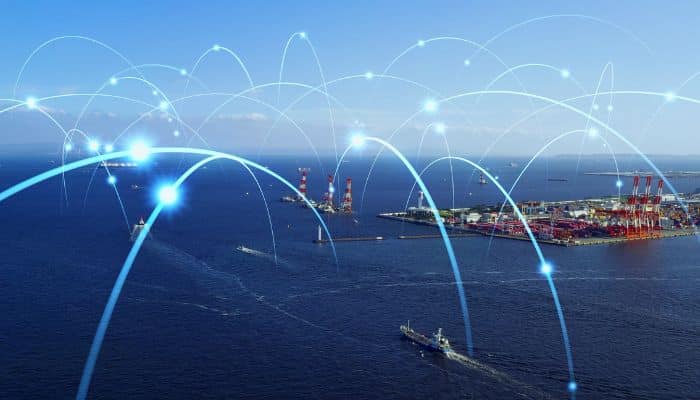
Complete automation of a process requires a regular pattern of events that follows a strict and constant order. With the current technology that is used, we know that this is improbable. Hence, no port can be automated 100% as there are still areas of operations that require considerable manual input.
With the current technological advancements and high level of computerisation, most leading container terminals are automated to a large extent and hence qualify as automated container terminals.
Some Drawbacks
Those who challenge the automation of container terminals bring up job losses as the major issue. However, a well-studied project that takes this into consideration can address the loss of employment to a large extent.
While it may be completely unavoidable, existing staff may be upskilled and used for more analytical and interesting tasks that help run automation efficiently. Relocation is another option.
Equipment malfunction can be another problem leading to traffic jams, congestion, or even reduced levels of worker safety. Backup plans that address equipment problems should be in place to avoid such serious repercussions.
With automated operations relying heavily on artificial intelligence (AI), blockchain, and the Internet of Things (IoT), focus on cybersecurity should be on top of the list to prevent accidental breakdowns or even sabotage of operations by anti-social elements.
Automation might not be a viable option for all terminals. In some cases, extreme peaks and troughs in container traffic can upset automation, causing chaos. Terminals that experience highly unpredictable traffic could do well in managing operations partially automated.
Similarly, where labour unions are rigid or volatile, it might be difficult to bring about automation.
Leading Automated Container Terminals of the World
Some of the leading automated container terminals are as follows:
The Victoria International Container Terminal
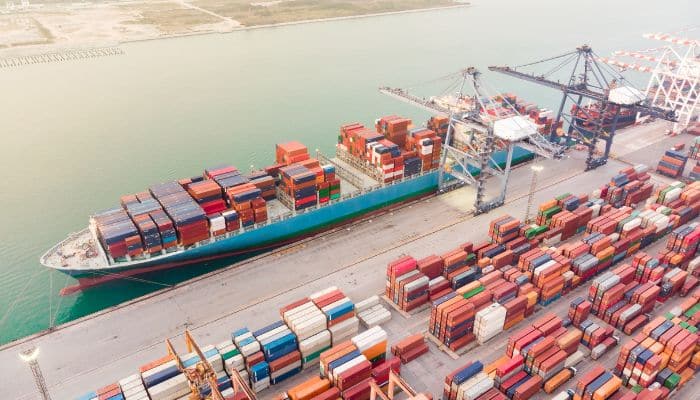
The Victoria International Container Terminal, Melbourne, makes use of cutting-edge technology to run its cranes and automated vehicles. Its STS cranes are run using fibre optics and advanced cameras with multiple views. Magnet-guided container carriers help move containers from their storage positions to the quay cranes. Further, weight-sensing ASCs weigh containers accurately and load them automatically onto waiting trucks.
Container Terminal Altewerder Hamburg
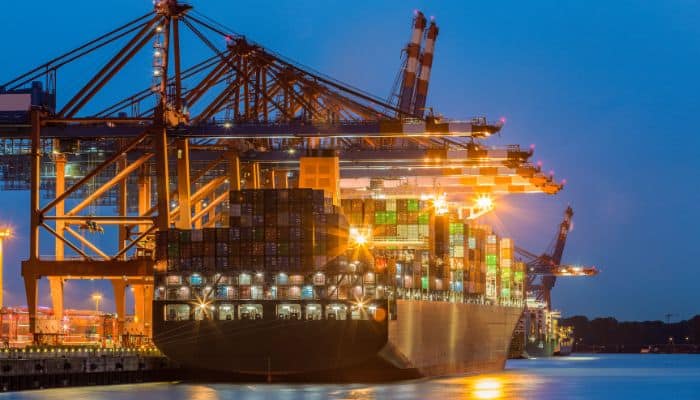
The Container Terminal Altewerder in Hamburg, Germany, is automated almost completely. Its several gigantic cranes and container vehicles are all interconnected to operate efficiently and manage the massive container traffic passing through the terminal. Fully automated trucks guided by transponders on the tarmac and driverless trucks make operations smooth.
Advanced software makes use of feedback from such equipment to come up with newer algorithms to improve operations further.
The Port of Rotterdam
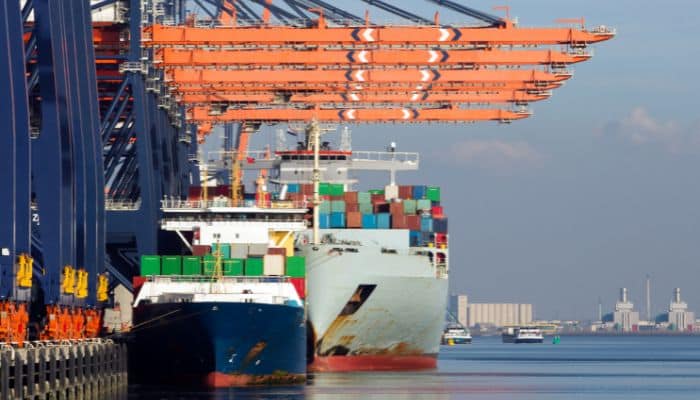
The Port of Rotterdam is well on its path toward near-complete digitalisation and sustainability, thanks to the usage of artificial intelligence (AI), blockchain, and the Internet of Things (IoT). Sophisticated equipment that can exchange information with each other help utilise the port’s capacities to the maximum and increase operational efficiency manifold.
Shanghai Yangshan Deep Water Port
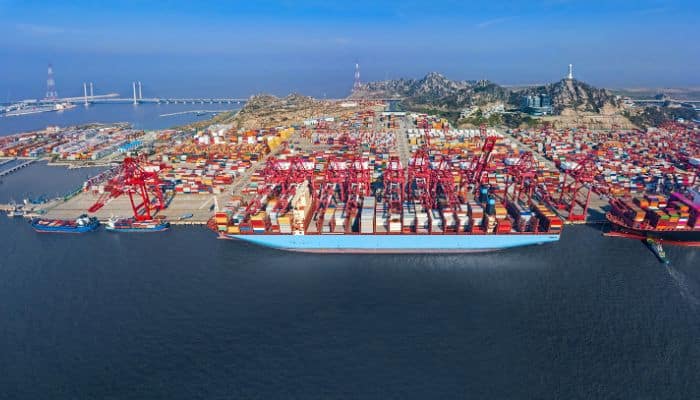
Located in the Hangzhou Bay, China, the Shanghai Yangshan Deep Water Port handles close to 4 million TEUs annually. The port’s computer systems collect data, process them, and transmit them to automated machines. With very few people managing these machines from remote terminals, the massive traffic of containers is managed accurately and meticulously.
Statistics on the world’s ports published by UNCTAD in 2020 showed that there were about 939 container ports worldwide. Of this, just about 53 have automated container terminals. Over the next few years, we should hopefully see the transformation of some of the world’s port terminals toward complete or near-complete automation.
You might also like to read-
Disclaimer :
The information contained in this website is for general information purposes only. While we endeavour to keep the information up to date and correct, we make no representations or warranties of any kind, express or implied, about the completeness, accuracy, reliability, suitability or availability with respect to the website or the information, products, services, or related graphics contained on the website for any purpose. Any reliance you place on such information is therefore strictly at your own risk.
In no event will we be liable for any loss or damage including without limitation, indirect or consequential loss or damage, or any loss or damage whatsoever arising from loss of data or profits arising out of, or in connection with, the use of this website.
Disclaimer :
The information contained in this website is for general information purposes only. While we endeavour to keep the information up to date and correct, we make no representations or warranties of any kind, express or implied, about the completeness, accuracy, reliability, suitability or availability with respect to the website or the information, products, services, or related graphics contained on the website for any purpose. Any reliance you place on such information is therefore strictly at your own risk.
Do you have info to share with us ? Suggest a correction
Subscribe To Our Daily Newsletter
By subscribing, you agree to our Privacy Policy and may receive occasional deal communications; you can unsubscribe anytime.



BE THE FIRST TO COMMENT